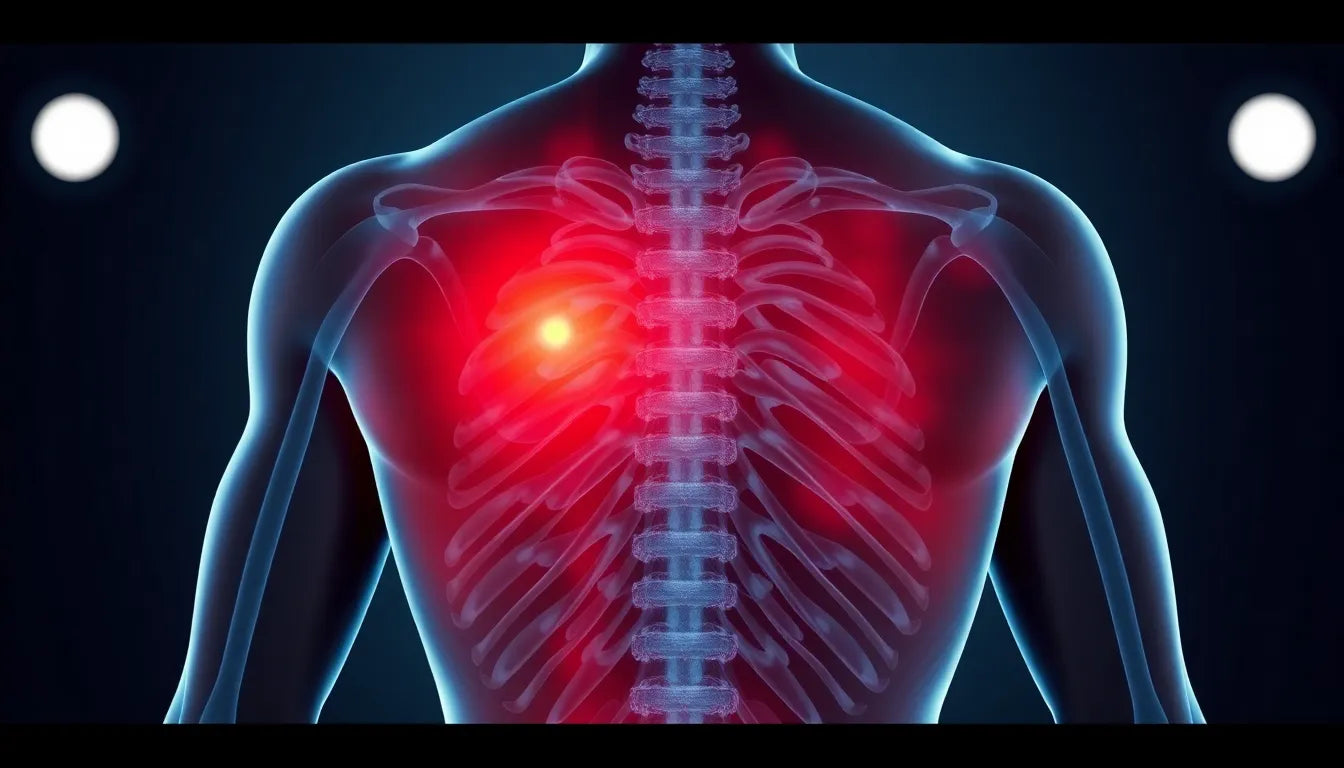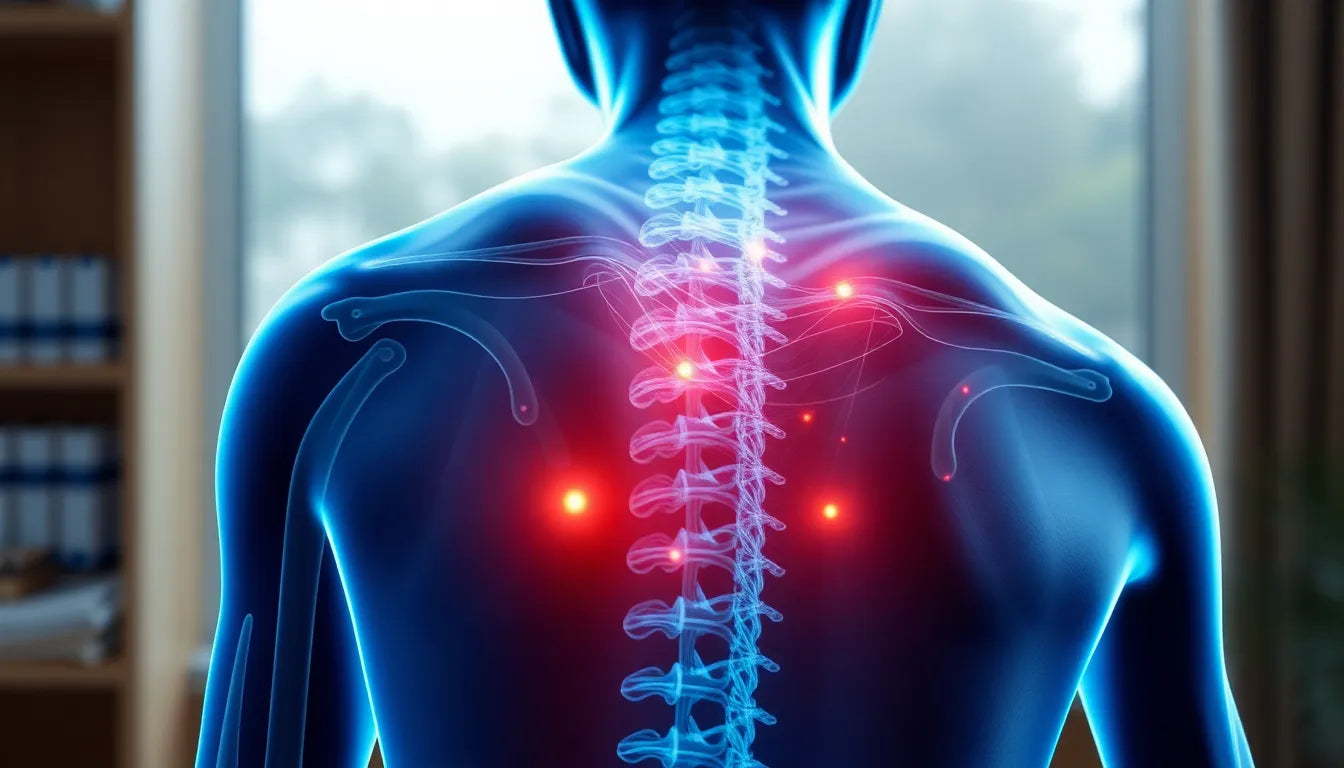Sciatica pain is a common yet challenging condition that affects millions of people worldwide. It is characterized by pain that radiates along the sciatic nerve, which starts in the lower back and travels through the hips and down each leg. This discomfort can range from a mild ache to an intense, debilitating pain that significantly impacts daily activities and quality of life.
Understanding the prevalence of sciatica is crucial. Many individuals experience this condition at some point, with varying degrees of severity. Its widespread nature underscores the importance of finding effective relief strategies. For those suffering from sciatica, the pain can disrupt work, sleep, and even simple tasks like walking or sitting. Therefore, identifying and implementing effective solutions is essential for improving daily life and overall well-being.
The purpose of this post is to provide a comprehensive guide to managing and alleviating sciatica pain. By exploring evidence-based solutions, we aim to offer practical advice that can help sufferers find relief. Whether you are dealing with an acute flare-up or chronic discomfort, understanding what to do for sciatica pain can make a significant difference in your recovery journey.
Challenges in treating sciatica
Treating sciatica can be complex due to the variety of underlying causes and symptoms. Sciatica may result from a herniated disc, spinal stenosis, or even a simple muscle spasm. Each case can present differently, requiring a tailored approach to treatment. This complexity often makes it difficult to find a one-size-fits-all solution, highlighting the need for personalized care and attention.
The importance of a multi-faceted approach
To effectively manage sciatica pain, a multi-faceted approach is often necessary. Combining different methods can enhance the chances of finding relief. This might include a mix of natural remedies, such as staying active and using hot and cold therapy, alongside medical treatments like physical therapy or medications. By integrating various strategies, individuals can address both the symptoms and the root causes of their pain, leading to more sustainable outcomes.
In the following sections, we'll delve deeper into specific methods and treatments that have proven effective for many sufferers. From natural approaches to medical interventions, understanding the full spectrum of options available is key to crafting a personalized plan that addresses your unique needs and circumstances.
Natural and non-pharmacological methods for sciatica relief
When it comes to managing sciatica pain, natural and non-pharmacological methods are often the first line of defense. These approaches not only help alleviate discomfort but also promote overall well-being.
Stay active to prevent stiffness
One of the most effective strategies for managing sciatica is to stay active. Engaging in regular physical activity, such as walking or gentle exercises, can help prevent stiffness and promote healing. Movement encourages blood flow to the affected area, which aids in reducing inflammation and pain. However, it's essential to avoid high-impact activities that could exacerbate the condition. Instead, focus on low-impact exercises that maintain flexibility and strength.
Hot and cold therapy for inflammation
Alternating between hot and cold therapy is another simple yet effective method for sciatica relief. Applying a cold pack to the affected area can help reduce inflammation and numb the sharp pain often associated with sciatica. Afterward, using a heating pad can relax tense muscles and improve circulation, providing a soothing effect. It's recommended to apply cold therapy for 15-20 minutes, followed by heat therapy for another 15-20 minutes, to maximize benefits.
Relaxation techniques to manage stress
Stress can significantly impact pain perception, making relaxation techniques an important component of sciatica management. Practices such as yoga, tai chi, meditation, and deep breathing exercises can help reduce stress and tension. These methods not only improve mental well-being but also contribute to physical relaxation, which can alleviate sciatica symptoms. Incorporating these techniques into your daily routine can provide long-term benefits in managing pain.
Medical and pharmacological treatments
While natural methods are beneficial, medical and pharmacological treatments can provide additional relief for more severe cases of sciatica.
Over-the-counter pain relievers
Over-the-counter pain medications, such as ibuprofen and acetaminophen, can be used to manage sciatica pain. These medications help reduce inflammation and alleviate discomfort. However, it's important to note that they offer temporary relief and should be used as part of a broader treatment plan. Always follow the recommended dosage and consult with a healthcare professional if pain persists.
Physical therapy for improved mobility
Physical therapy is a cornerstone in the treatment of sciatica. A physical therapist can design a tailored exercise program that includes stretches and strengthening exercises to improve mobility and reduce pain. These exercises focus on stabilizing the spine, improving posture, and enhancing core strength, which can prevent future flare-ups. Regular sessions with a physical therapist can lead to significant improvements in pain levels and overall function.
Corticosteroid injections for inflammation
For individuals experiencing severe sciatica pain, corticosteroid injections may offer temporary relief. These injections work by reducing inflammation around the irritated nerve, providing relief from pain and discomfort. While effective, corticosteroid injections are usually considered when other treatments have not provided sufficient relief. It's important to discuss potential risks and benefits with a healthcare provider before proceeding with this treatment option.
Complementary and alternative therapies
Complementary and alternative therapies can be valuable additions to a comprehensive sciatica treatment plan.
Acupuncture for symptom relief
Acupuncture, an ancient practice, involves inserting thin needles into specific points on the body to stimulate nerves and muscles. This therapy is believed to help alleviate sciatica symptoms by promoting natural healing processes and reducing pain signals. Many individuals find acupuncture to be a relaxing and effective method for managing their pain.
Massage therapy to relax muscles
Massage therapy can be particularly beneficial for sciatica sufferers. Targeted massage helps relax tight muscles and improve blood flow, which can alleviate pain and discomfort. Techniques such as deep tissue massage or myofascial release may be used to address specific areas of tension and promote relaxation.
Chiropractic care for spinal adjustments
Chiropractic care involves spinal adjustments that aim to relieve pressure on the sciatic nerve. By realigning the spine, chiropractic treatments can help reduce pain and improve function. Many individuals report significant relief from sciatica symptoms following chiropractic sessions. However, it's essential to seek care from a licensed and experienced chiropractor to ensure safe and effective treatment.
Surgical and advanced interventions for sciatica
In certain cases, surgical intervention may be necessary to alleviate sciatica pain, especially when non-surgical treatments have proven ineffective. Surgery is typically considered when there is a significant herniated disc, spinal stenosis, or persistent pain that severely impacts quality of life.
When surgery is necessary
Surgery may be recommended if there is a loss of bowel or bladder control, significant muscle weakness, or if the pain is unmanageable despite exhaustive non-surgical treatments. These scenarios indicate that the sciatic nerve is being compressed to a degree that necessitates surgical intervention to prevent further complications.
Types of surgical procedures
Common surgical procedures for sciatica include microdiscectomy and laminectomy. A microdiscectomy involves removing a portion of a herniated disc to relieve pressure on the sciatic nerve. It is a minimally invasive procedure with a relatively quick recovery time. A laminectomy, on the other hand, involves removing part of the vertebra to widen the spinal canal and alleviate nerve compression. Both surgeries aim to provide lasting relief from sciatica symptoms and improve overall mobility.
Lifestyle and preventive measures
Incorporating lifestyle changes and preventive measures can significantly reduce the risk of sciatica flare-ups. These strategies focus on maintaining spinal health and reducing strain on the sciatic nerve.
Posture and ergonomics
Good posture is crucial in preventing sciatica pain. Ensuring that your workspace is ergonomically designed can help maintain proper spinal alignment. Use chairs with adequate lumbar support, position your computer screen at eye level, and take regular breaks to stand and stretch. These adjustments can minimize the risk of developing or exacerbating sciatica.
Weight management
Maintaining a healthy weight is another key factor in preventing sciatica. Excess body weight can place additional strain on the lower back and sciatic nerve, increasing the likelihood of pain. Adopting a balanced diet and engaging in regular physical activity can help manage weight and promote overall spinal health.
Frequently asked questions
What is the fastest way to relieve sciatica pain?
Quick relief can often be achieved through a combination of hot and cold therapy, gentle stretching, and over-the-counter pain medications. These methods can help reduce inflammation and alleviate discomfort temporarily.
Can sciatica go away on its own?
Yes, in many cases, sciatica can improve with self-care measures over time. However, persistent or severe cases may require medical intervention to address the underlying cause effectively.
How long does it take for sciatica to heal?
Recovery time can vary greatly, ranging from a few weeks to several months, depending on the underlying cause and treatment approach. Consistent management and adherence to a treatment plan can aid in faster recovery.
Is walking good for sciatica?
Walking can be beneficial as it keeps the body active and helps prevent stiffness. However, it's important to avoid overexertion and choose low-impact activities that do not exacerbate the pain.
What should be avoided during a sciatica flare-up?
During a sciatica flare-up, activities that involve heavy lifting, twisting, or prolonged sitting should be avoided. These actions can increase pressure on the sciatic nerve and worsen the condition.
By understanding the various treatment options and lifestyle adjustments available, individuals suffering from sciatica can find effective ways to manage their pain and improve their quality of life. Whether opting for natural remedies, medical treatments, or preventive measures, a comprehensive approach is key to achieving lasting relief.


















